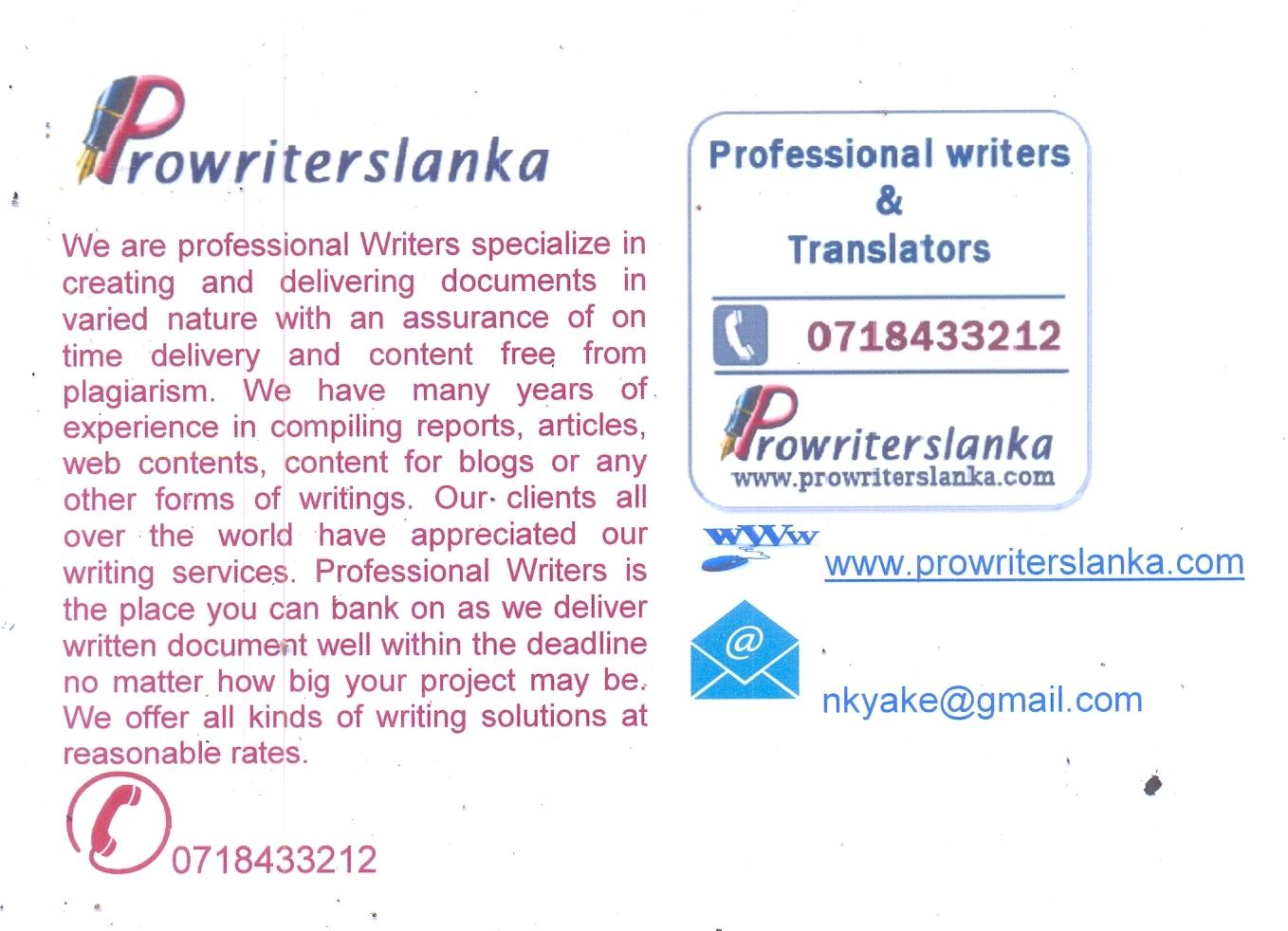In today’s interconnected world, effective communication across language barriers is essential. Whether you’re working on a global project, expanding your business internationally, or simply trying to connect with a diverse audience, translation plays a crucial role. To ensure accurate and high-quality translations, providing clear instructions to your translator is key. In this guide, we’ll explore the best practices for giving instructions that result in successful and culturally sensitive translations.
Start by clearly articulating the purpose of the translation and identifying the target audience. Understanding the context helps your translator choose the appropriate tone, style, and level of formality. For example, a marketing message may require a different tone than a legal document, and the language used for a casual audience may differ from that used for a professional one.
Offer as much background information as possible to help the translator grasp the nuances of the content. Explain industry-specific terms, cultural references, and any other elements that may be unfamiliar. This ensures that the translation accurately conveys the intended meaning and avoids misunderstandings.
Clearly communicate your preferences regarding the style of the translation. If you have a preferred writing style, tone, or specific terminology, make sure to convey this to the translator. Providing examples or references can further assist them in capturing the desired style.
Identify the core messages or key points that must be conveyed in the translation. This helps the translator prioritize information and ensures that the essential elements are accurately communicated. Emphasize any specific details that require special attention.
Clearly outline any formatting preferences or requirements. This includes instructions for headings, bullet points, fonts, and any other formatting elements. Consistent formatting enhances the readability of the translated content and aligns it with the original document.
Create an open line of communication between you and the translator. Encourage them to ask questions or seek clarifications on any ambiguous points. This proactive approach prevents misunderstandings and allows for a smoother collaboration.
Acknowledge and respect cultural differences. Highlight any cultural nuances that should be considered during the translation process. This ensures that the final content is not only linguistically accurate but also culturally appropriate for the target audience.
Effective communication with your translator is the cornerstone of successful translations. By providing clear instructions that encompass the purpose, context, style, and formatting preferences, you set the stage for a collaborative and accurate translation process. Remember to maintain an open line of communication, fostering a partnership that results in high-quality, culturally sensitive translations tailored to your specific needs.

